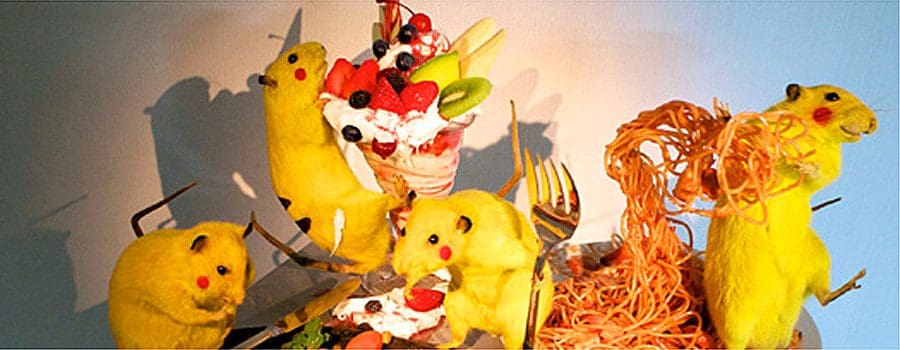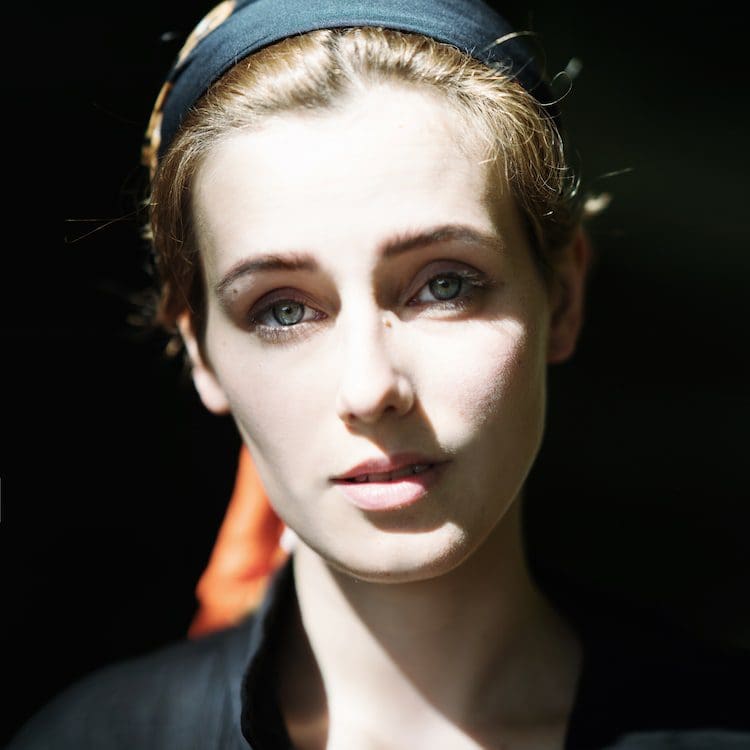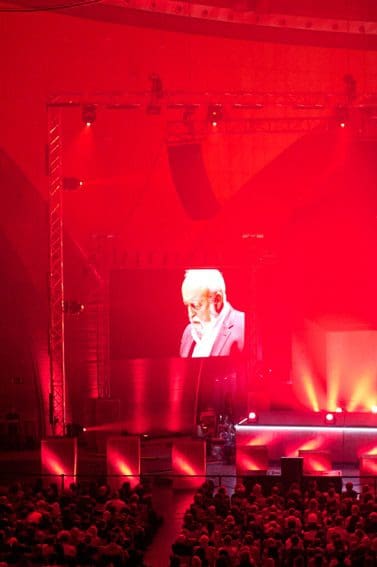words Simon Coates
I’d been trying to contact artist Shilpa Gupta for a while, she in Mumbai and me in London. When she finally replies to my emails, she’s elegantly apologetic, explaining how lockdown in the city has kept her from her studio and, therefore, her work.
She’s trying to get as much done as possible, she says, as she reckons there’s another surge of the coronavirus on the way in India, with yet another lockdown to follow. Gupta is working on no less than four exhibitions (“both big and small”) that will all open before November this year, including her London debut solo exhibit at The Curve gallery in the capital’s Barbican Centre.
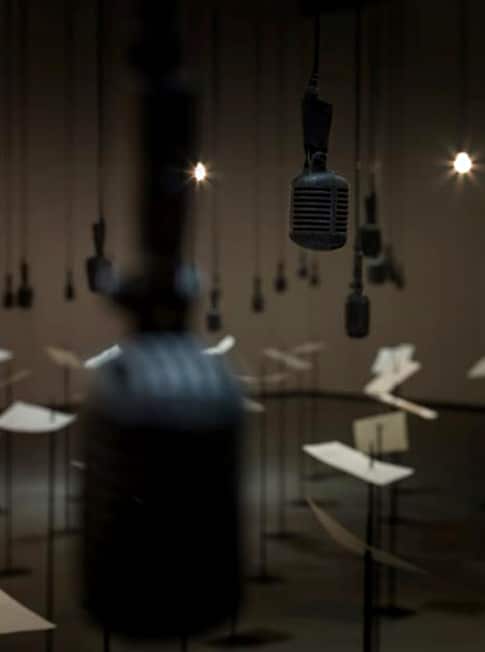
Born in Mumbai in 1976, Shilpa studied sculpture at the city’s esteemed Sir Jamsetjee Jeejebhoy School of Art, honing a practise that is predicated on definition in resolution; examining the lines along which history and society are drafted and the problems they cause. Shilpa’s ideas are communicated using video, sound and physical objects. Clean, precise and incisive, her work packs a powerful punch, critiquing political hypocrisy, censorship and despotism. At first, it’s puzzling to find that Shilpa doesn’t consider her art to be political, preferring instead to call it “everyday art”. However, time and study reveal the delicate, nuanced approach in her work, one that that emphasises the documentation and re-framing of societal discrimination and the violation of rights, rather than attempting to kick over statues. Gupta is a social commentator and narrator, using the lean, quiet beauty of her artwork to underline case after case of wrongdoing and injustice. She is also one of the most exciting artists working in the world right now.
The centre piece to her Barbican survey is the For, In Your Tongue I Cannot Fit installation thatfeatures one hundred microphones hanging above one hundred spikes, with each spike piercing a page of poetry from a writer imprisoned for their work and their views. Pre-recorded solo readings of the skewered poems are broadcast at intervals within the space, followed by a chorus of voices that repeat – and reinforce – their messages. Why did Shilpa include the chorus, as well as the individual reciters?
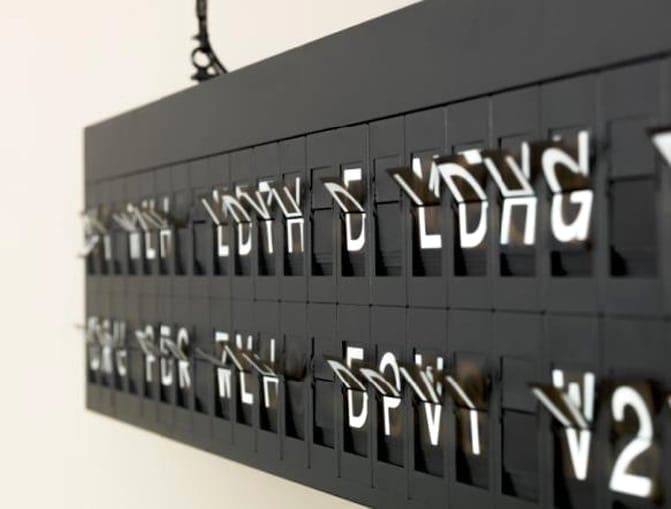
“In 2008, in context of another project, While I Sleep, I had the wonderful opportunity to interview Noam Chomsky. One thing which has stayed with me from the conversation was where he spoke about, how survey results revealed that ‘most people wanted peace’. However, we live in a landscape dominated by a few, who speak the loudest, often in shrill voices, claiming to speak for others. That is why I wanted to build a chorus of ninety-nine voices – that of the multitude – who echo the poets’ voices, which is the voice from the belly of a society”.So the chorus is the voice of the masses? “One other reason is the intense sensation of a vastness of being – a kind of vibrating multiplicity – felt upon alighting the local train here at (Mumbai’s) Churchgate Station, or walking in a local market here, which is invariably dense, and becoming part of an overwhelming mass of people speaking a variety of dialects and languages,” Shilpa explains. “Therefore, upon entering the installation, you are surrounded by multiple languages and scripts – where not knowing is part of knowing”. And the spikes that rend the poems? They feature elsewhere in your work, too. ‘It’s the point of accumulated tension between two sites”. The central installation will be accompanied by, among other pieces, a pair of flap boards, the old-fashioned departure and arrival signs used in railway stations. Described by Shilpa as “creatures from the transit zone”, the boards flip at random to display abstract proclamations and streams of consciousness.
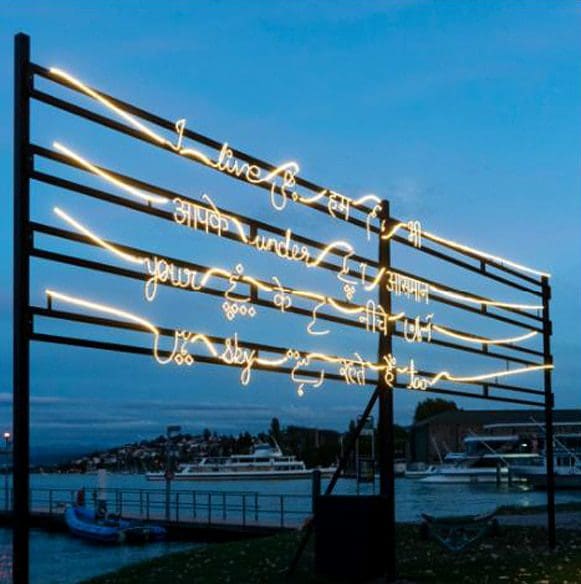
It’s been seven years since Narendra Modi became Prime Minister of India. His populist tenure has seen the country fall into deepening divisions along social, economic, religious and political lines. His ruling party’s conservative-based policies are comparable to the strong-arm tactics used by modern-day autocrats across the globe: Trump, Bolsanaro, Orbán, Duterte, Erdoğan, and now Modi. Freedom of speech is curtailed, there are widespread reports of police brutality, a frightening rise in the abuse of women, activists are silenced, and dissidents imprisoned.
In February of this year Indian farmers were forced to accept a free-market policy that removed minimum price guarantees for their produce. In March the government introduced new legislation that effectively censors almost every area of digital expression, from encrypted messaging to online journalism.I ask Shilpa about the recurring themes of censorship and injustice in her work. Do these themes come from your own experiences, or from what you see around you? “Growing up as a woman in South Asia, one is surrounded by lines – both visible and invisible – which one negotiates, be it in terms of gender or even class, caste, religion. Here, everyday people negotiate these lines for access to spaces and into systems. Themes emerge from growing up in a place that had dreamt of a secular future for itself, and seeing it slowly shatter along these lines”.
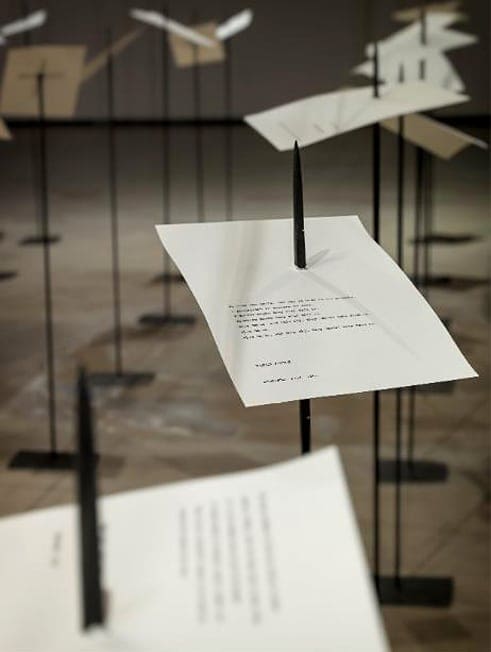
The right-wing extremism that had once been a distant game that political parties in India played at the time of elections is now terrifyingly present. “No longer was hate rhetoric on TV and at election rallies. It was on dinner tables and on streets where someone might be lynched for the food they eat,’ Shilpa says.” The social sphere altered deeply in the past decade. Today there are many students and activists who have been detained unfairly, and fear is being used as a tool to silence criticism”. Shilpa is interested in how stories are told and remembered. “Having spent time in the border regions in the north and east of India, one has seen how the systems map, graph and obliterate to seek control. I’ve also seen people persist, masquerade, infiltrate, and sometimes just catapult…”
Shilpa Gupta’s art is one of delineation, interruptions and partition, her investigations highlighting how those that draw the lines hold the power, and how that power can corrupt absolutely. At a time when the Indian government is drawing criticism from human rights organisations for targeting critics and shutting down activist groups, artists like Gupta need to be listened to now more than ever.
Shilpa Gupta is at The Curve, Barbican Centre, London from 7 October 2021 – 6 February 2022. Admission is free.














